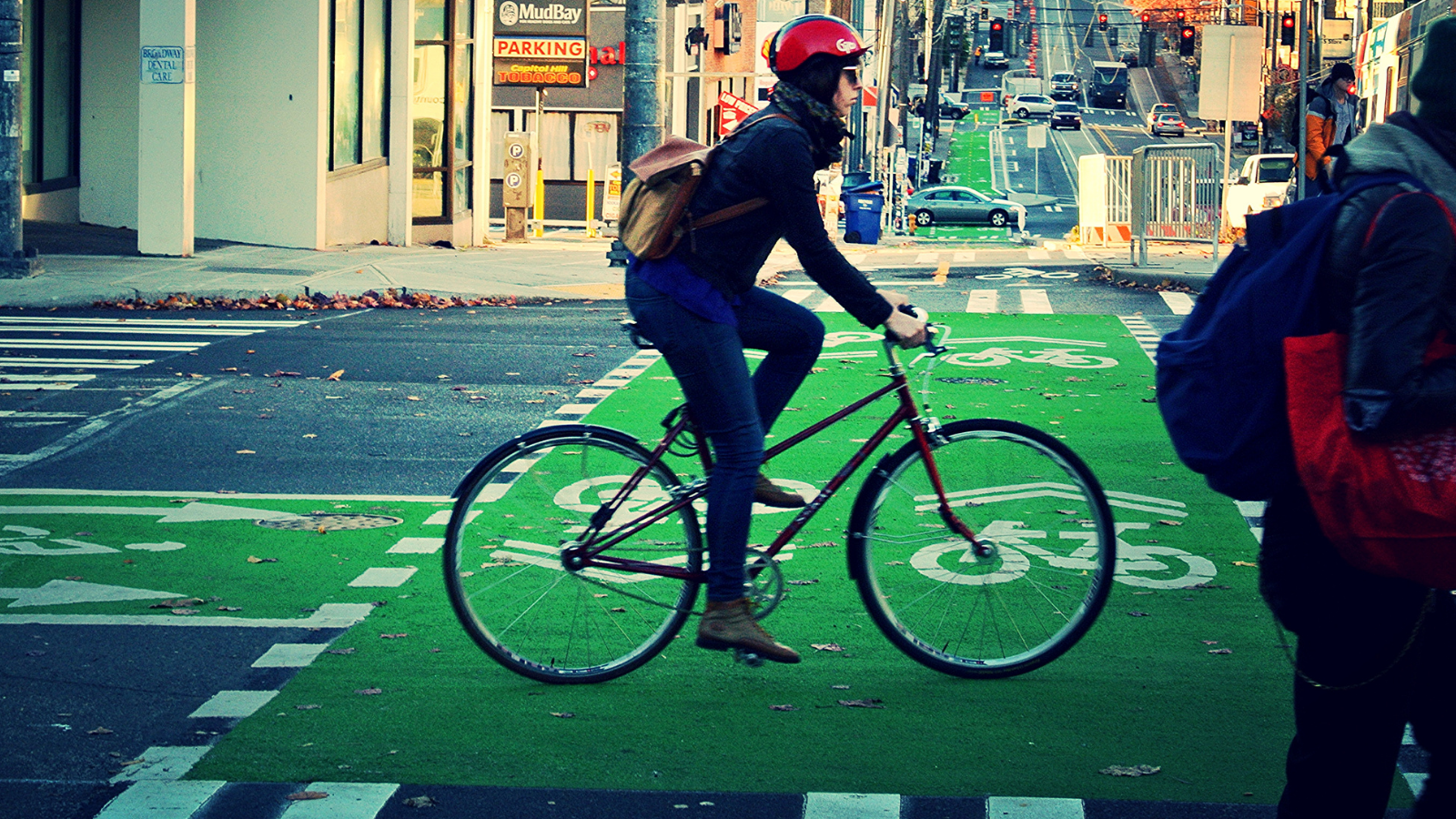
The high and low points of America’s streets
We’re launching a series to both celebrate positive examples of ‘people-first’ streets – and to point out the most dangerous and unpleasant roads in our backyards.
What if we could build a future where cars, highways and outdated infrastructure don’t dominate our lives?
Which highway and infrastructure projects our government spends money on can shape our communities and have a direct impact on the quality of our lives. But far too often we are cut out of those decisions, or lack the information we need to make sure bad projects are stopped, and the right investments get made. Together we can make sure our leaders are making the right choices, and building a better future for all of us.
We’re launching a series to both celebrate positive examples of ‘people-first’ streets – and to point out the most dangerous and unpleasant roads in our backyards.
The U.S. House of Representatives is expected to vote early next week on the Infrastructure Investment and Jobs Act, a major bipartisan package for transportation, clean water, power infrastructure and broadband.
Plans to expand the I-94 East West corridor in Milwaukee could be replaced with a safer option that shifts investments to more pressing transportation needs, according to a new report released Tuesday. Titled “Fix at Six,” the study unveils the Transit/Rehab Alternative, which would better meet the current and future needs of Milwaukeans and Wisconsinites. The report comes out as the Wisconsin Department of Transportation (WisDOT) begins the public input process for a supplemental environmental review of the proposed highway expansion.
A bipartisan group of senators met Tuesday afternoon to prepare for a vote planned Wednesday on a $1.2 trillion Bipartisan Infrastructure Framework that aims to boost federal investment in U.S. infrastructure, including billions for roads, clean water and power infrastructure, according to media reports.
The United States is in need of an infrastructure overhaul.